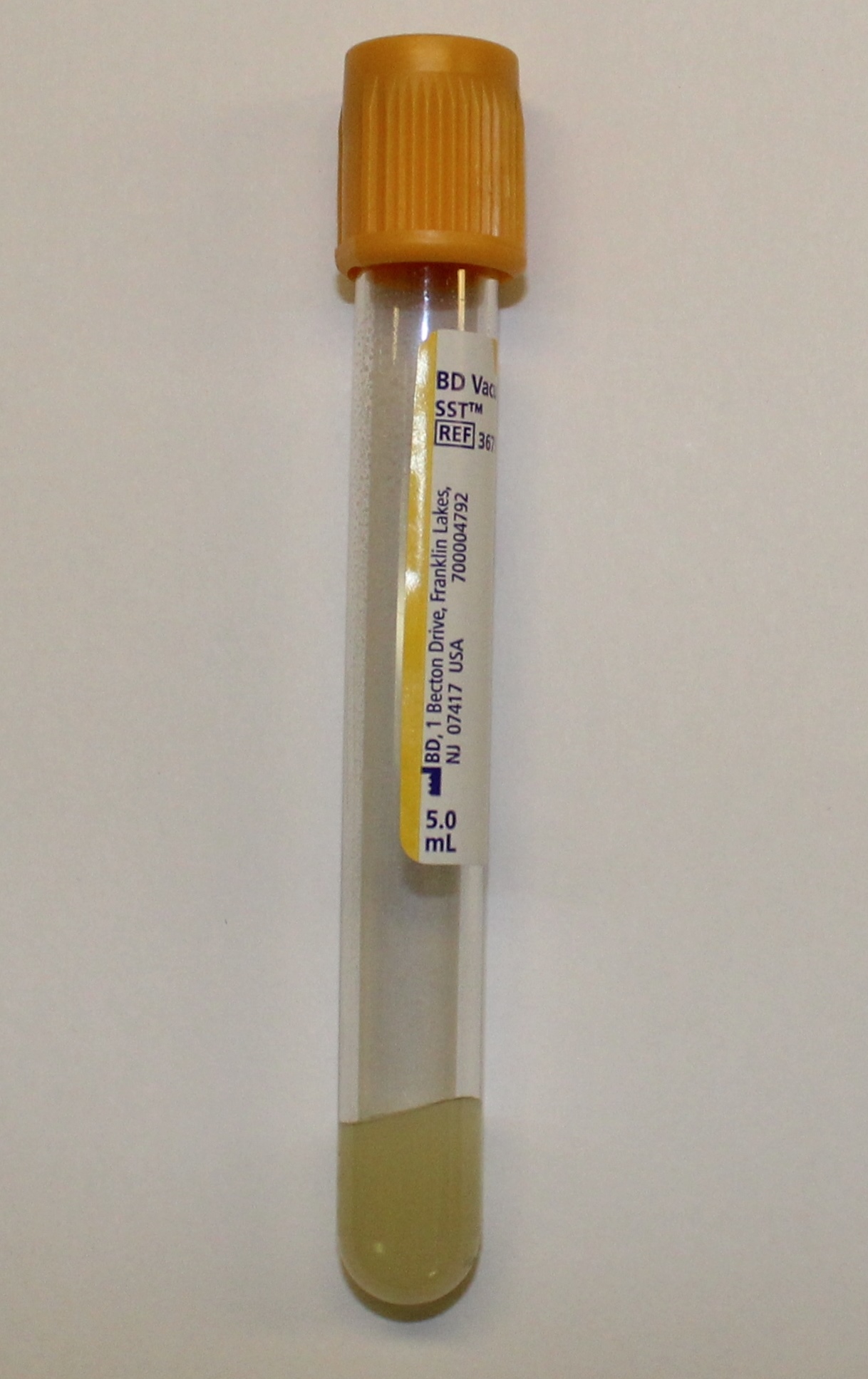St Michael's Hospital Laboratory Medicine
Test Catalogue
| Erythropoietin (EPO) | ||
|---|---|---|
Clinical Utility EPO test is a valuable tool in diagnosing and managing conditions related to red blood cell production and kidney function. Its clinical utility includes:
|
||
|
|
||
Specimen HandlingCollection Instructions: Collect specimen in gold or red top tube. Allow samples to clot completely at room temperature prior to centrifugation. Due to diurnal variation, it is recommended that specimens be collected between 7:30am and noon. Write your initials, date and time of collection on the collection label. Laboratory Staff Instructions: Separate from cells within 2 hours of collection and store frozen. Rejection Criteria: Unlabeled, uncapped or leaking samples. Thaw samples no more than 3 times. Transportation: Send sample to core lab as soon as possible. |
Stability |
|
| Ambient (15 to 30°C) |
Refrigerated (2 to 8°C) |
Frozen -20°C or lower |
|---|---|---|
| < 8 hours | 24 hours | 3 months |
Turnaround Time (TAT)24hrs |
Required Documentation |
Reference Value (mIU/mL) | |
| Age | Male | Female |
|---|---|---|
| 1-3 years | 1.7 - 17.9 | 2.1-15.9 |
| 4 - 6 years | 3.5 - 21.9 | 2.9 - 8.5 |
| 7 - 9 years | 1.0 - 13.5 | 2.1 - 8.2 |
| 10 - 12 years | 1.0 - 14.0 | 1.1 - 9.1 |
| 13 - 15 years | 2.2 - 14.4 | 3.8 - 20.5 |
| 16 - 18 years | 1.5 - 15.2 | 2.0 - 14.2 |
| >18 years | 2.6 - 18.5 | 2.6 - 18.5 |
Test CodeEPO |
MethodologyTwo-site Immunoenzymatic |
Testing LocationSMH - Biochemistry |
Other InformationLast Updated: August 19, 2024 |
